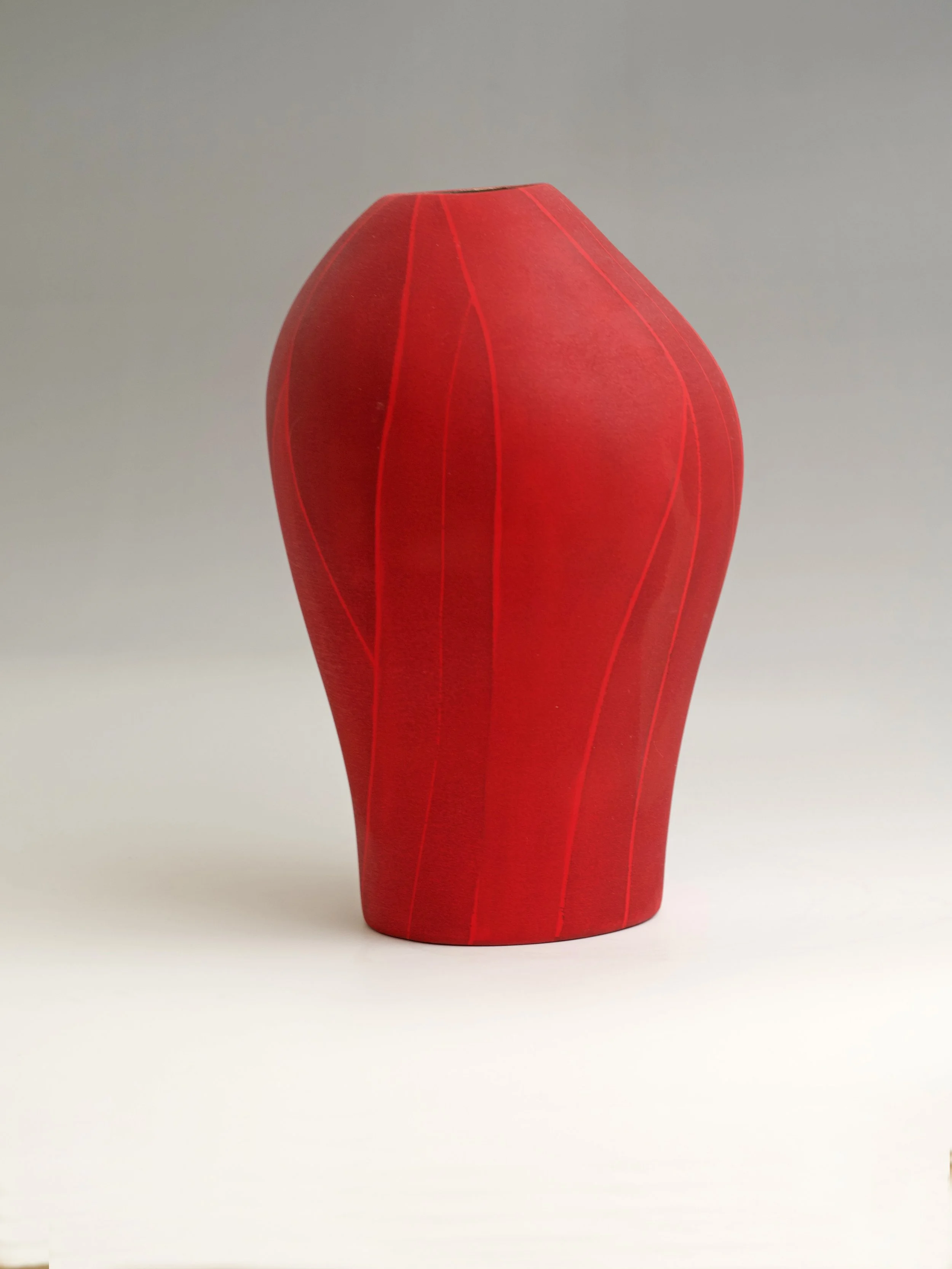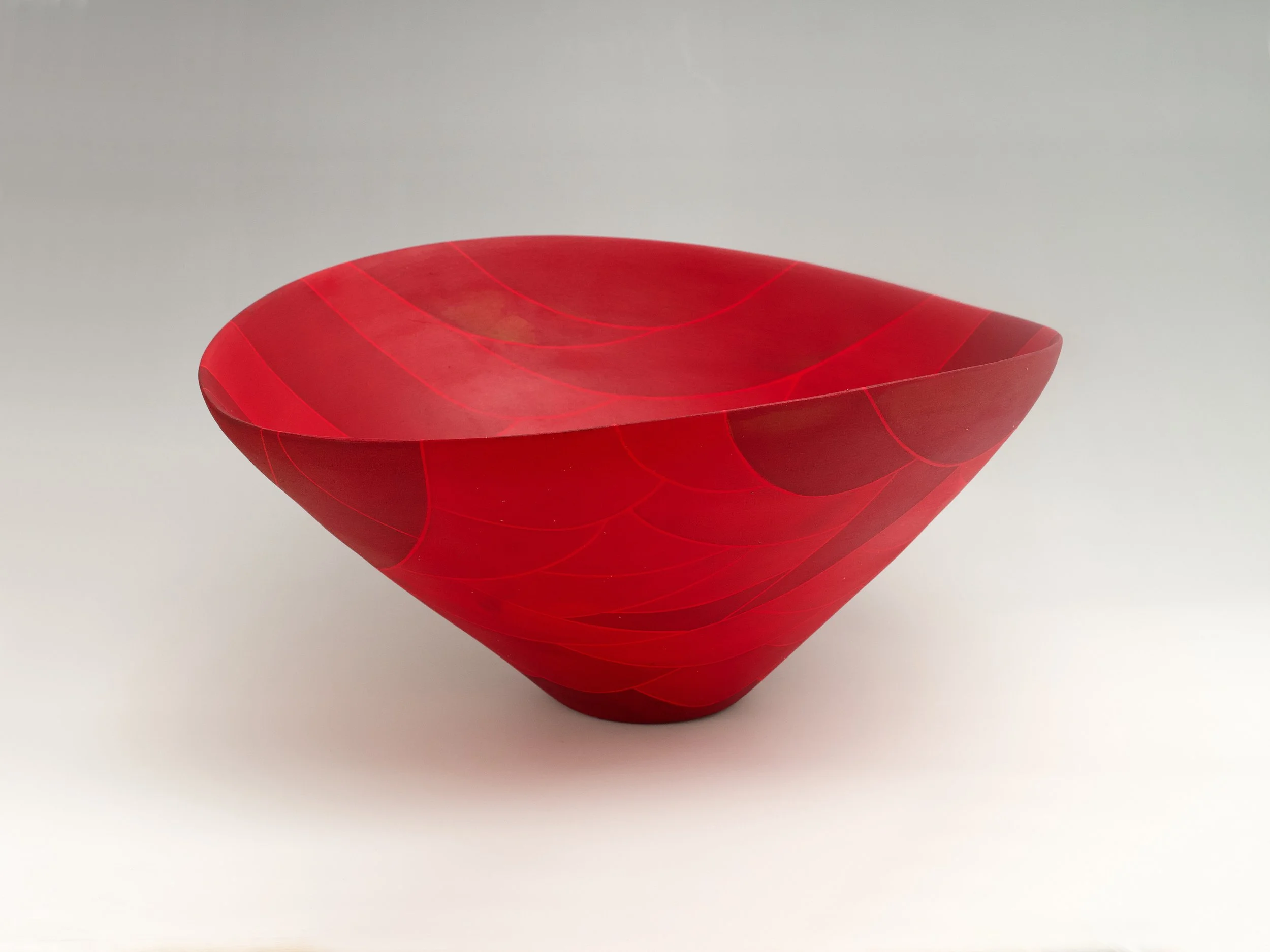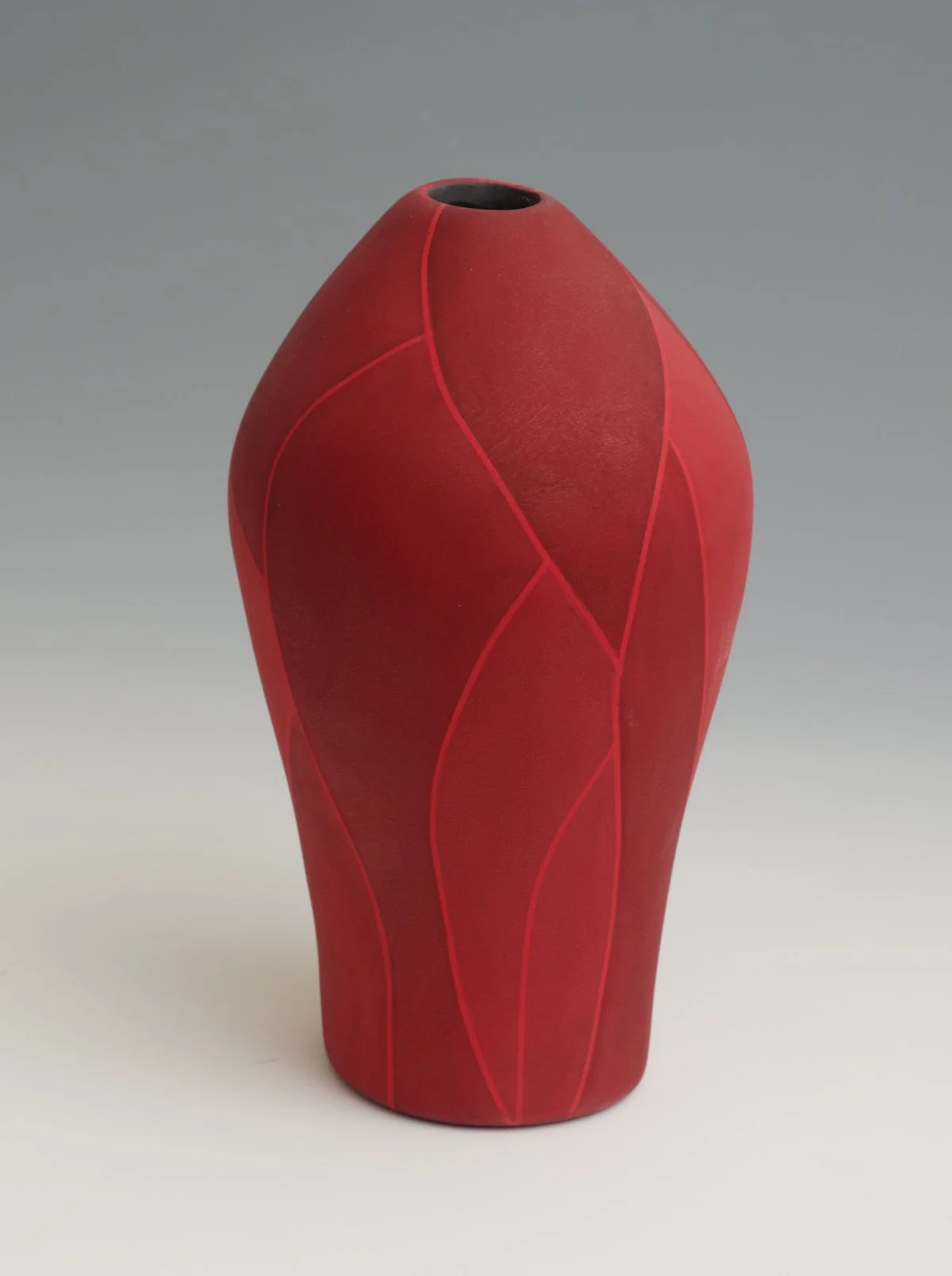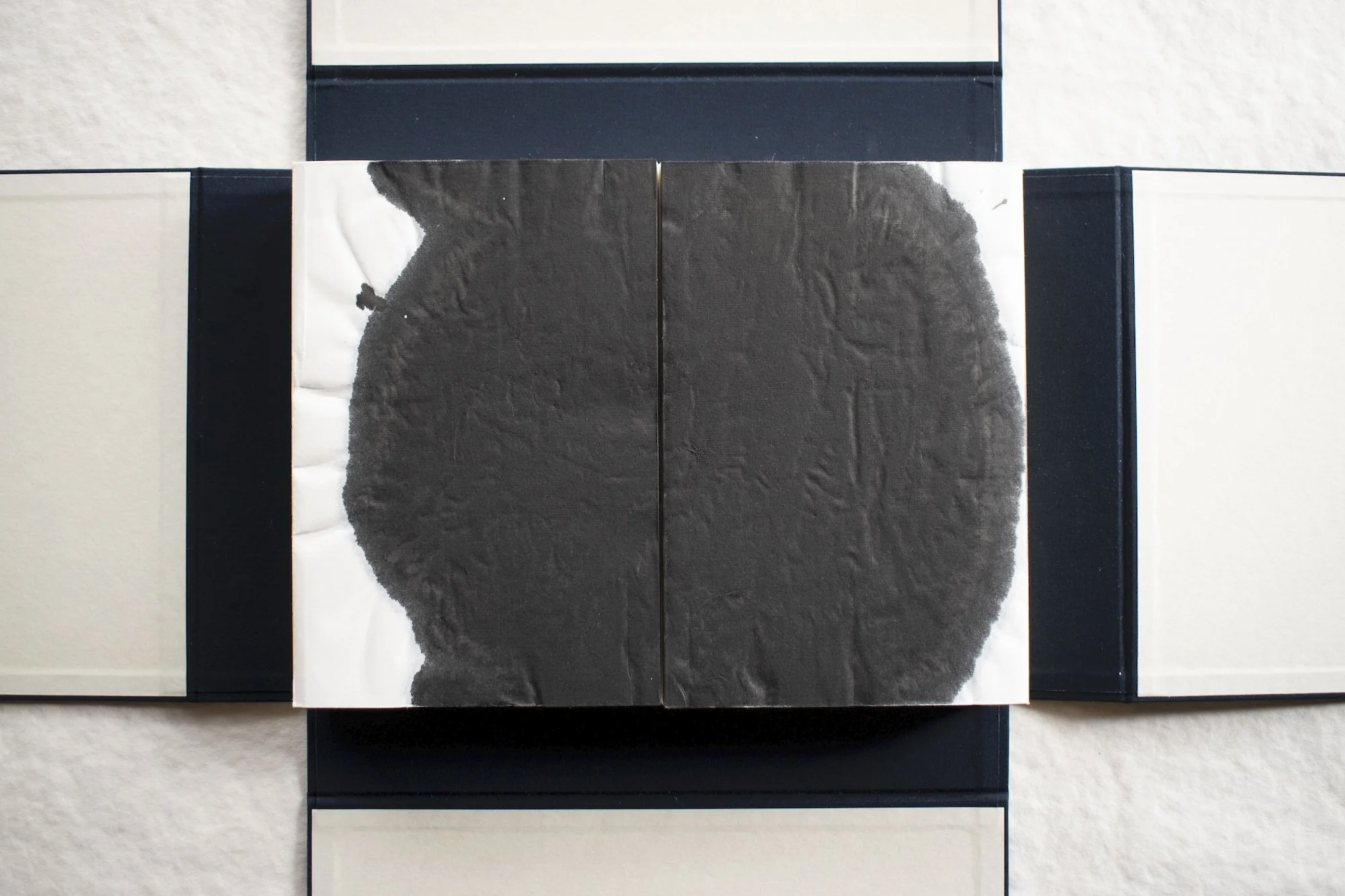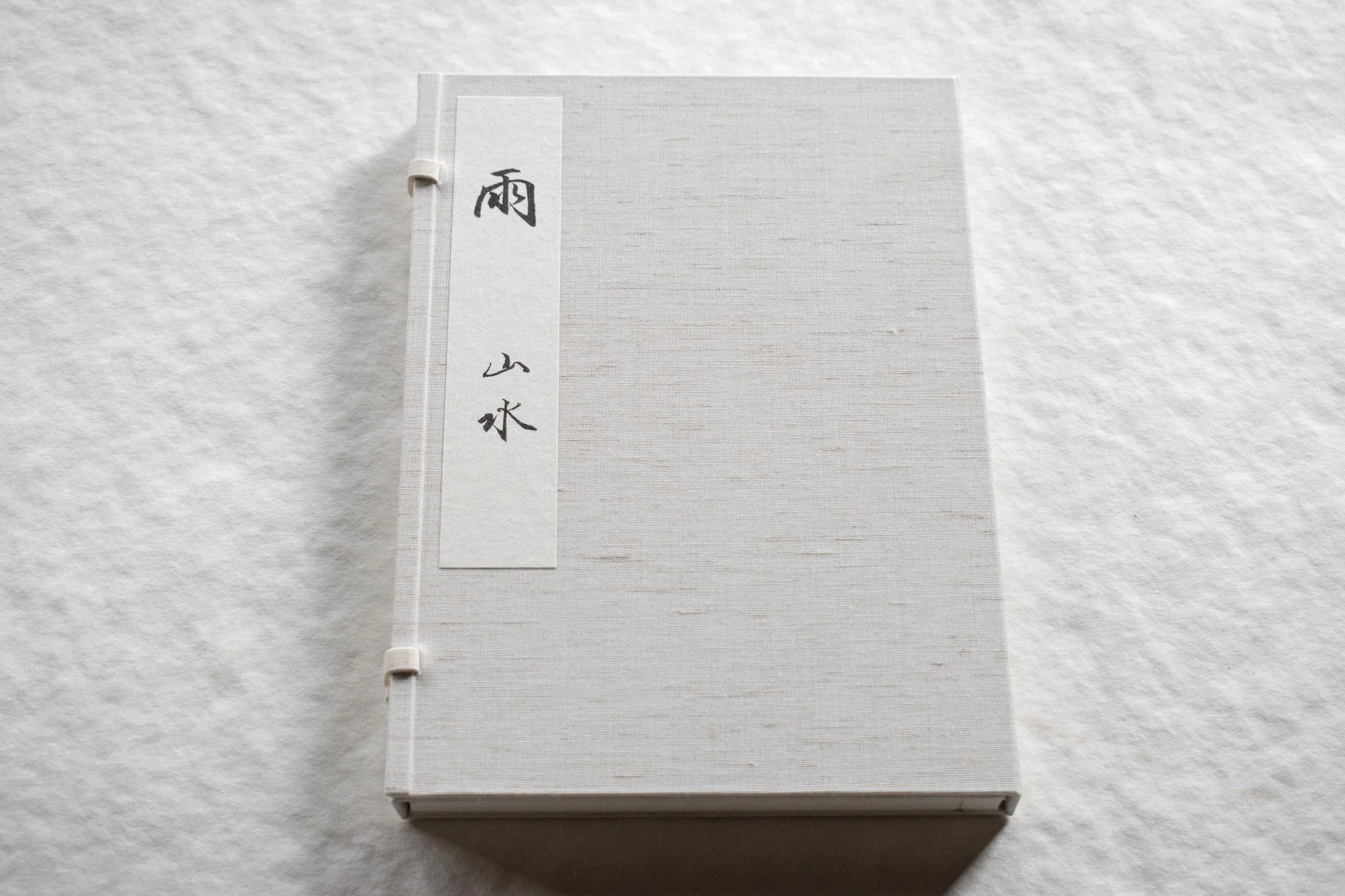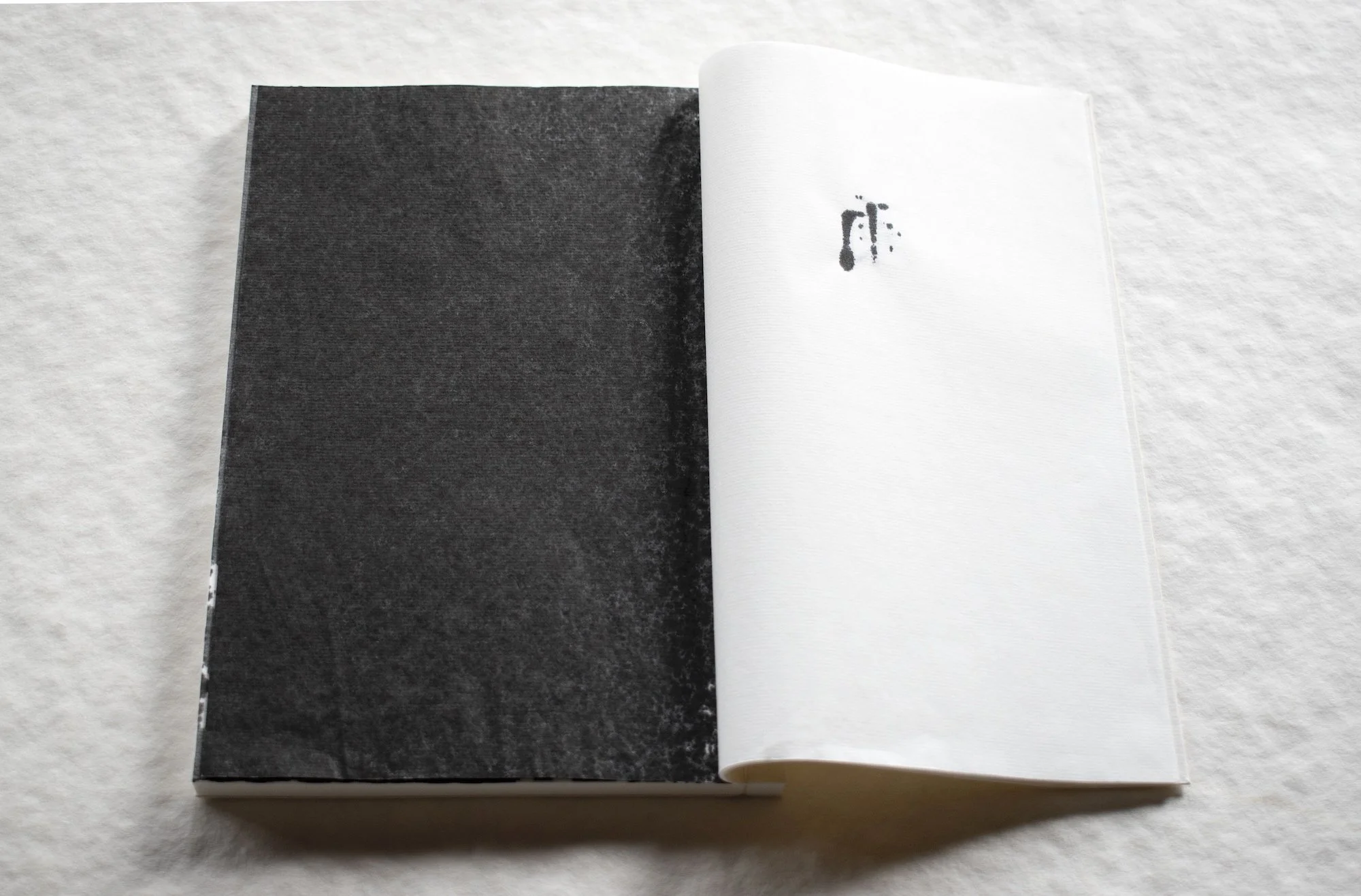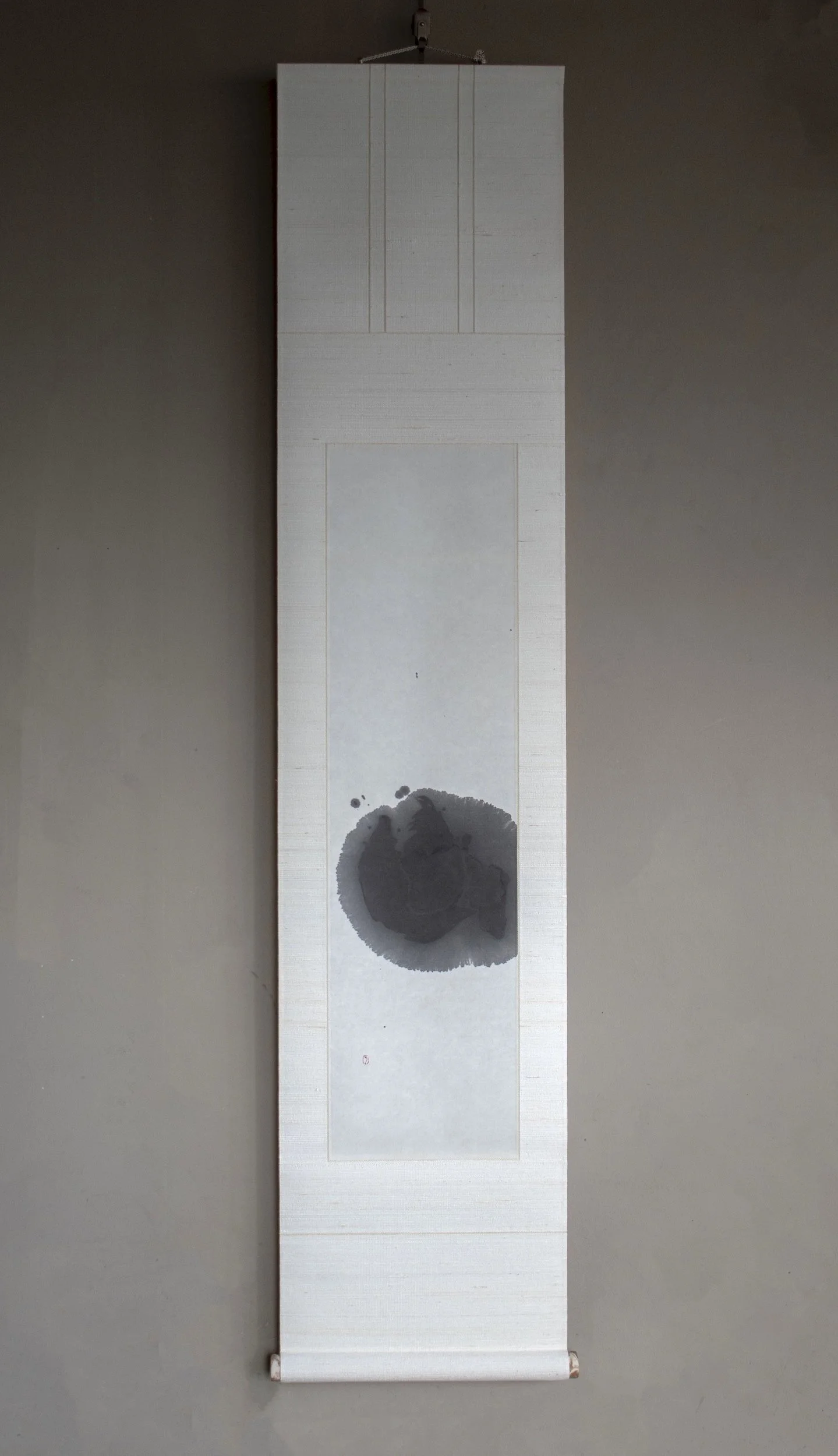Desert Sun
Akira Yamada, Hiroshi Ueta
An exhibition featuring two artists from Kyoto
Dec 7, 2024 – Feb 23, 2025
Exhibition is open to visitors by appointment only, email: info@galerie.curagenda.com
A burning sun blankets the deserts of California, merciless and stark. Everything becomes a silhouette and we are sometimes blinded by the sun's rays. A conversation between two people is taking place, but the silence speaks louder. On the other side of the Pacific Ocean, the sun is setting in Kyoto, painting ancient temple roofs in shades of red, a world caught between day and night. Is this a dream? He suddenly wakes up with an impression of Osamu Dazai:
“Last year nothing happened
The year before nothing happened
And the year before that nothing happened.”
Curagenda Galerie presents “Desert Sun”, the gallery’s inaugural exhibition in Los Angeles with two artists from Kyoto who brings a fresh perspective to contemporary ceramic art and ink painting.
The “burning red” vessels that Akira Yamada calls Shōjōhi (猩々), is derived from the legendary Chinese creature shojo. A shojo is said to have a face like a human being, a voice like a child, a physique like a dog-monkey, with bright red body hair and very red blood. Yamada’s work was influenced by his father Hikaru Yamada, the renowned avant-garde ceramicist and conceptual artist who founded Sōdeisha (along with Yagi Kazuo and others).
Hiroshi Ueta’s work attempts to examine a deeper meaning in calligraphy, Japanese characters, as well as the existential aspects of what cannot be expressed in words. He uses abstract concepts creating his own artistic language through his ink paintings, installations, as well as performances, among other practices.
↓ Artwork Images Below ↓
“When creating my pieces, I strive to draw out the symbolism inherent in the color red by perceiving the vessels as sculptures … My works are inspired by a range of images, including ancient painted pottery and jade, and not from a single source of inspiration, but rather from various images that have slowly been digested over time. Having cycled through my consciousness, emerging and receding, fading from memory and then re-entering it, ultimately materializing as concrete concepts.
The process and materials are vital components of my work. I have gone through various experimentations and processes to achieve this color. For the creation of my pieces, I use porcelain clay, typically used in Kiyomizu ware in Kyoto.”
– Yamada
“行間 gyokan represents the space between the lines of a sentence. It is the true meaning that is not expressed in a text. It is between the front and the back, the dark and the light. 行間 gyokan expands the image, provides tension or relaxation, creates lingering impressions and rhythm… as found in haiku poetry, and a stone garden.
Up until now, I have been asking myself what calligraphy is and what characters are, but this series focuses on the spaces between characters and lines.
Additionally, the character “行 GYO” can express all of these meanings (for example, worrying about our future, limiting one’ s actions, and remaining silent like a monk undergoing training, etc.)”
– Ueta




